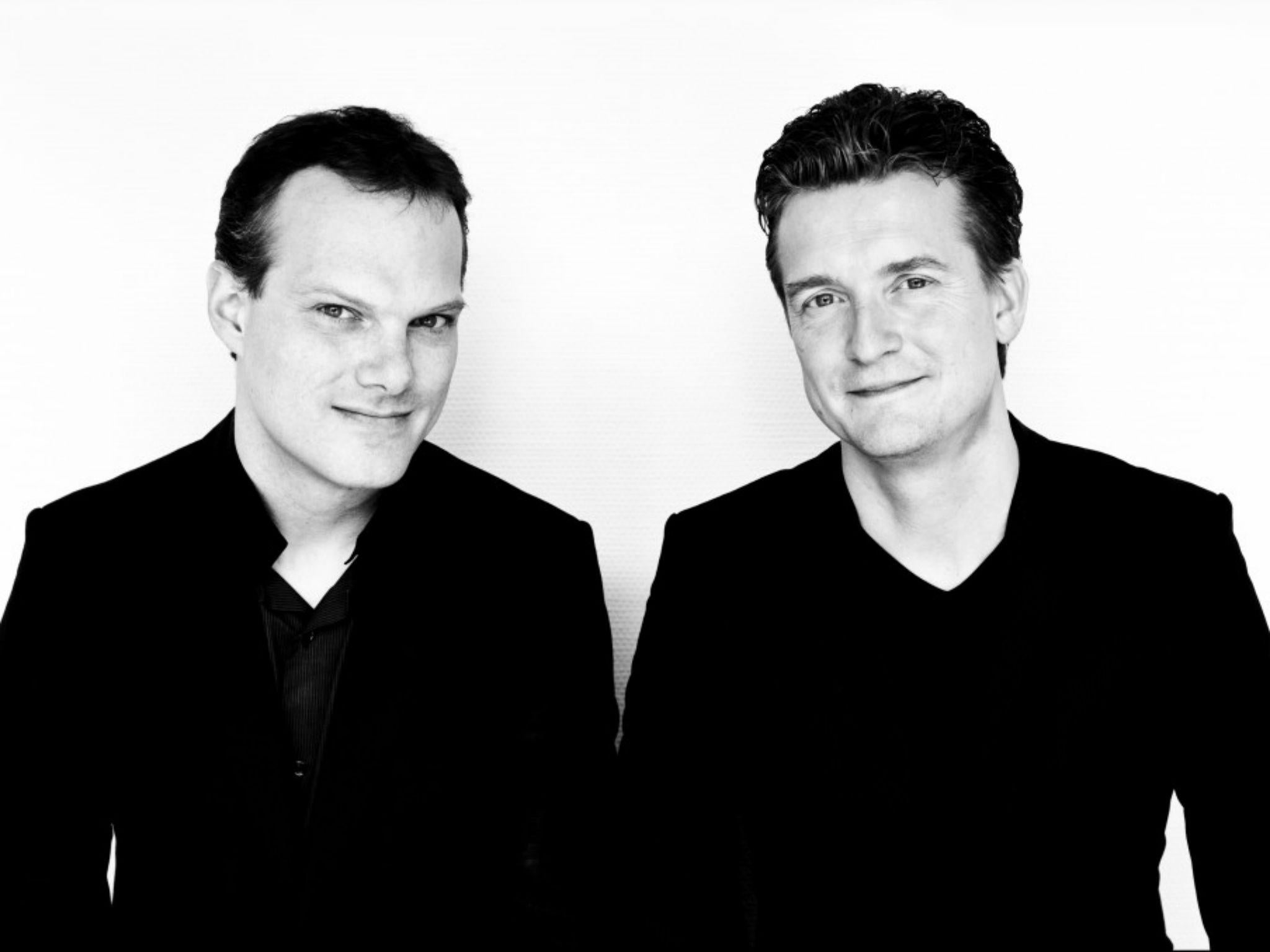Christian Tetzlaff/Lars Vogt, Wigmore Hall, London, review: Artistic brilliance shone through
German violinist Christian Tetzlaff accompanied on the piano by Lars Vogt performed Brahms’s three violin sonatas

Your support helps us to tell the story
From reproductive rights to climate change to Big Tech, The Independent is on the ground when the story is developing. Whether it's investigating the financials of Elon Musk's pro-Trump PAC or producing our latest documentary, 'The A Word', which shines a light on the American women fighting for reproductive rights, we know how important it is to parse out the facts from the messaging.
At such a critical moment in US history, we need reporters on the ground. Your donation allows us to keep sending journalists to speak to both sides of the story.
The Independent is trusted by Americans across the entire political spectrum. And unlike many other quality news outlets, we choose not to lock Americans out of our reporting and analysis with paywalls. We believe quality journalism should be available to everyone, paid for by those who can afford it.
Your support makes all the difference.It’s always heartening to see the Wigmore Hall filled to capacity, particularly when the fare is hardcore chamber music, and doubly so when the audience includes droves of music students eager to see how things are done by the best players in the world. And it’s no surprise that the German violinist Christian Tetzlaff – accompanied on the piano by his compatriot Lars Vogt – should fill the house, given that the spell cast by his artistic brilliance and his penchant for seeking creative challenges is compounded by a remarkable backstory.
For Tetzlaff suffers from neurodermatitis in his left hand: this can cause extreme pain when the fingers are applied to the strings of a violin. He has learned to manage this pain, including by the use of cotton thimbles to cover his fingers, but the fact remains that for him to make his living as a violinist amounts to a crazy heroism.
Nothing could have been more straightforward than the programme on this occasion: Brahms’s three violin sonatas, followed by a Brahms encore. And it allowed us to savour Tetzlaff’s unusual artistry. No other violinist so steadfastly abjures the seductive capacities of their instrument, its luxurious warmth and potential range of colour. Tetzlaff goes for absolute clarity of detail and purity of intonation, and as a result Brahms’s dramatic and melodic richness here shone very brightly.
Join our commenting forum
Join thought-provoking conversations, follow other Independent readers and see their replies
Comments